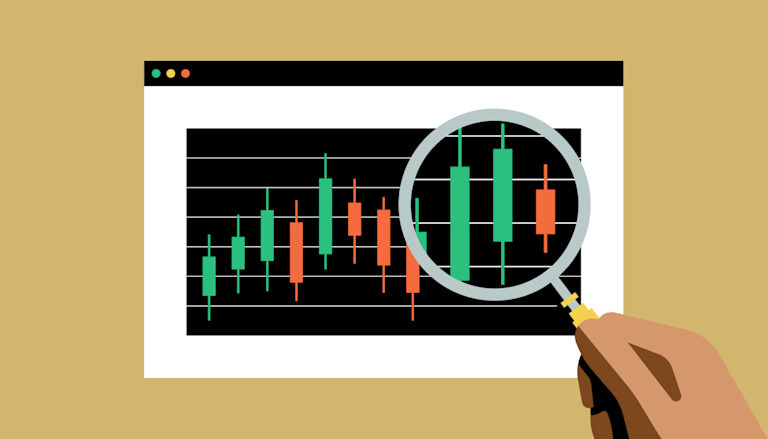
Understanding Crypto Trading Indicators
In the rapidly evolving landscape of cryptocurrency, traders seek strategies that can give them an edge in the market. One of the essential tools in a trader’s arsenal is the use of crypto trading indicators. These indicators provide insights into market trends and price movements, which can significantly influence trading decisions. For more about trading strategies and indicators, you can check this resource: Crypto Trading Indicators https://cellexcel.org/press%20releases/2014/NanoViricides%20President%20Dr.%20Diwan%20to%20Present%20at%20the%20Wall%20Street%20Analyst%20Forum%20Today,%20June%2019th,%20in%20New%20York%20City.html
What are Crypto Trading Indicators?
Crypto trading indicators are statistical metrics used by traders to gauge market conditions and forecast potential future price movements. These indicators analyze historical price data and trading volumes. By understanding these metrics, traders can make informed decisions based on empirical data rather than speculation.
The Importance of Crypto Trading Indicators
Indicators help in identifying the market’s current trend, whether it’s bullish (rising prices) or bearish (falling prices). They can also assist in recognizing potential entry and exit points in trades, aiding traders in maximizing their profits while minimizing risks.
Types of Crypto Trading Indicators

Multiple indicators are available to traders, each serving different purposes. Some of the most popular types of crypto trading indicators include:
1. Moving Averages
Moving averages are among the most widely used indicators in crypto trading. They smooth out price data to identify trends over a specific period. The two most common types are the Simple Moving Average (SMA) and the Exponential Moving Average (EMA). The EMA is particularly favored in the cryptocurrency market due to its sensitivity to recent price changes.
2. Relative Strength Index (RSI)
The Relative Strength Index is a momentum oscillator that measures the speed and change of price movements. RSI values range from 0 to 100, with readings above 70 indicating an overbought market, while readings below 30 indicate an oversold market. Traders use RSI to identify potential reversal points.
3. Bollinger Bands
Bollinger Bands consist of a middle band (SMA) and two outer bands that indicate volatility. When the price moves closer to the upper band, it may signify an overbought condition, while prices closer to the lower band may indicate an oversold condition. The width of the bands indicates market volatility, providing critical insight for traders.
4. MACD (Moving Average Convergence Divergence)
The MACD is a trend-following momentum indicator that shows the relationship between two moving averages. It consists of the MACD line, the signal line, and the histogram. Traders look for crossovers, divergences, and rapid rises/falls in MACD to inform their trading decisions.

5. Fibonacci Retracement
Fibonacci retracement levels are horizontal lines that indicate potential support and resistance levels based on the Fibonacci sequence. Traders use these levels to identify potential price reversal points or areas where the price may consolidate before moving further.
Using Indicators Wisely
While crypto trading indicators can provide valuable insights, they are not infallible. The effectiveness of an indicator often depends on the market context. It’s crucial for traders to use indicators in conjunction with other analytical methods and to remain aware of market conditions.
Combining Indicators
Many traders adopt a multi-indicator approach, using several indicators simultaneously to validate trading signals. This combination can help filter false signals and improve the accuracy of trading decisions. However, it’s essential to avoid “analysis paralysis” where too many indicators lead to confusion.
Conclusion
Crypto trading indicators are indispensable tools for any trader looking to navigate the complex world of cryptocurrency successfully. By understanding the various types of indicators and using them effectively, traders can enhance their decision-making processes, increase their chances of success, and ultimately improve their trading performance.
As the crypto market continues to grow and evolve, staying informed about new indicators and trading strategies is vital. By keeping an eye on market trends and learning from both successes and failures, traders can continue to refine their approach and achieve their trading goals.


